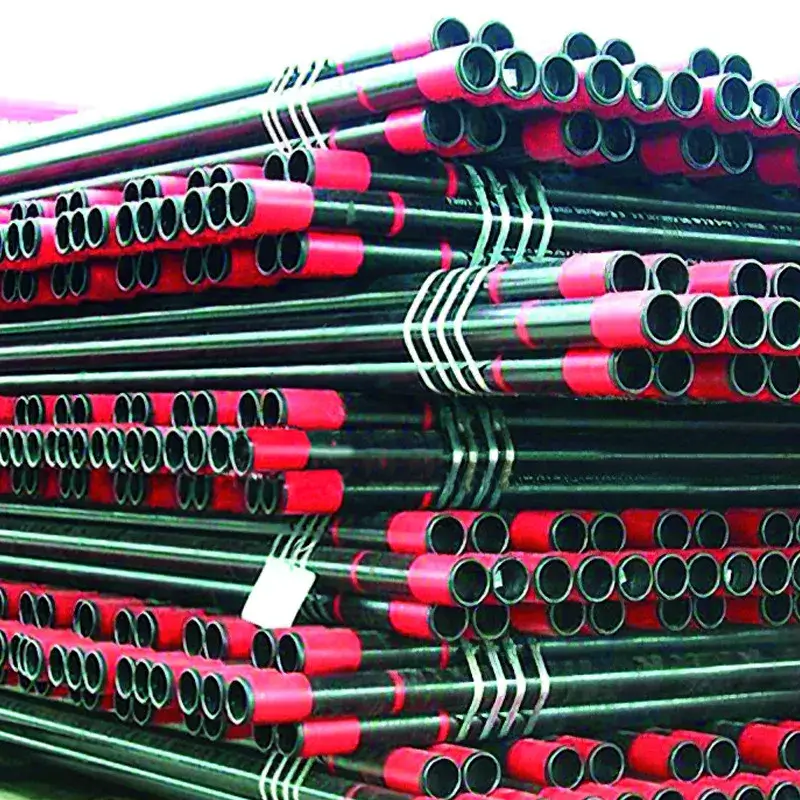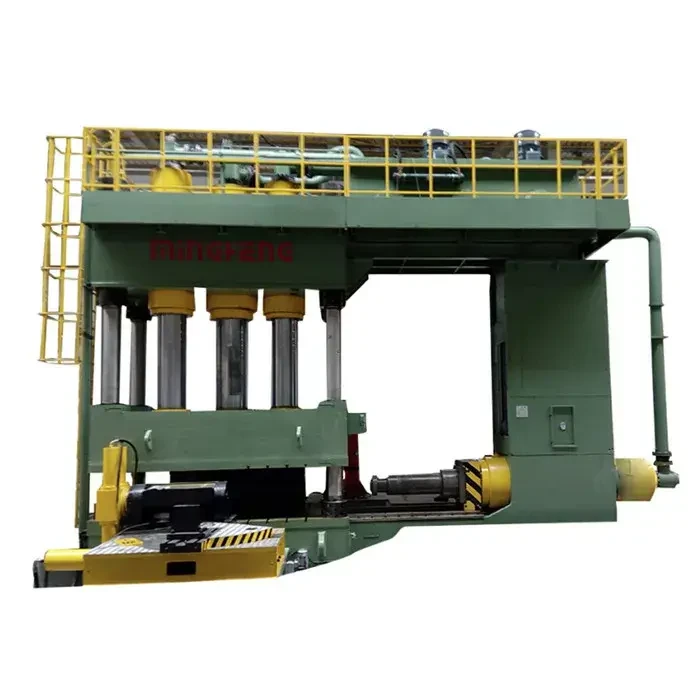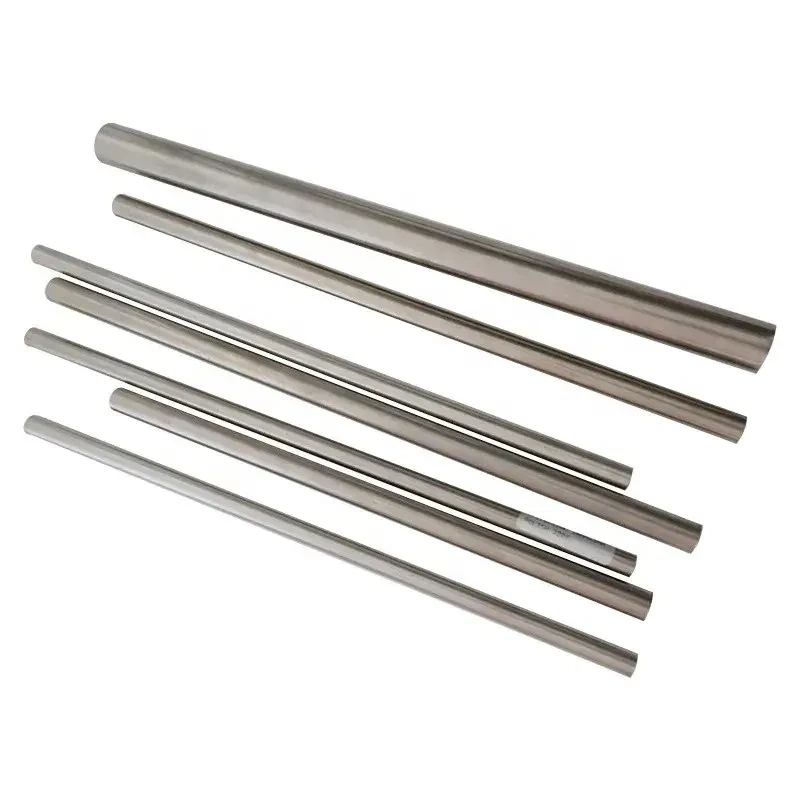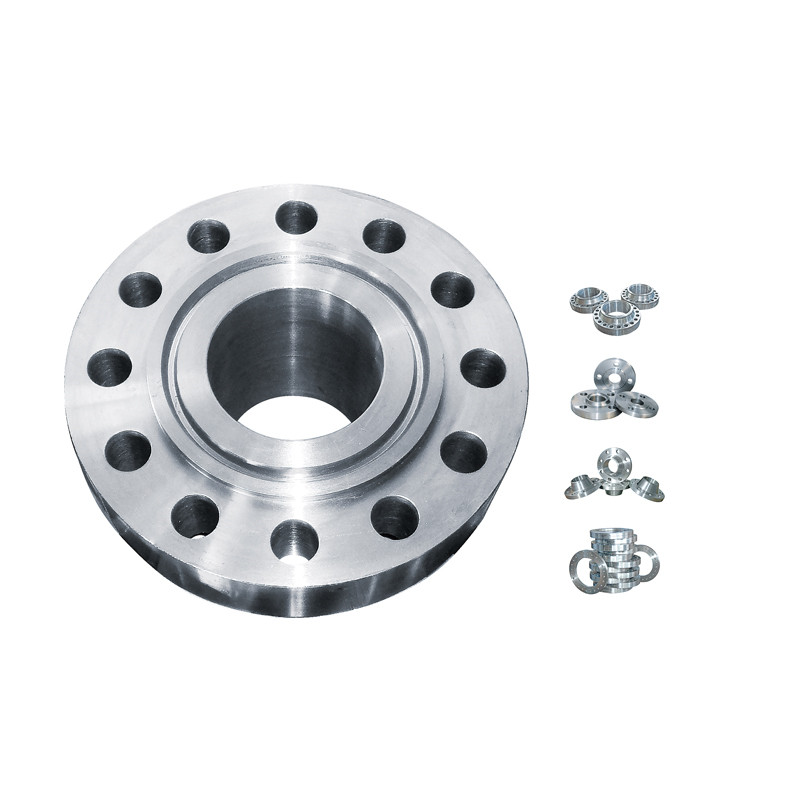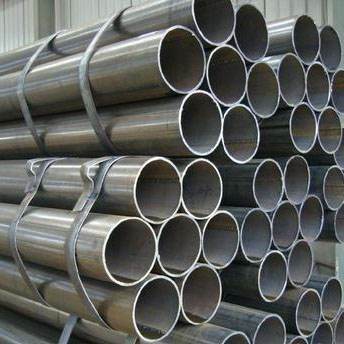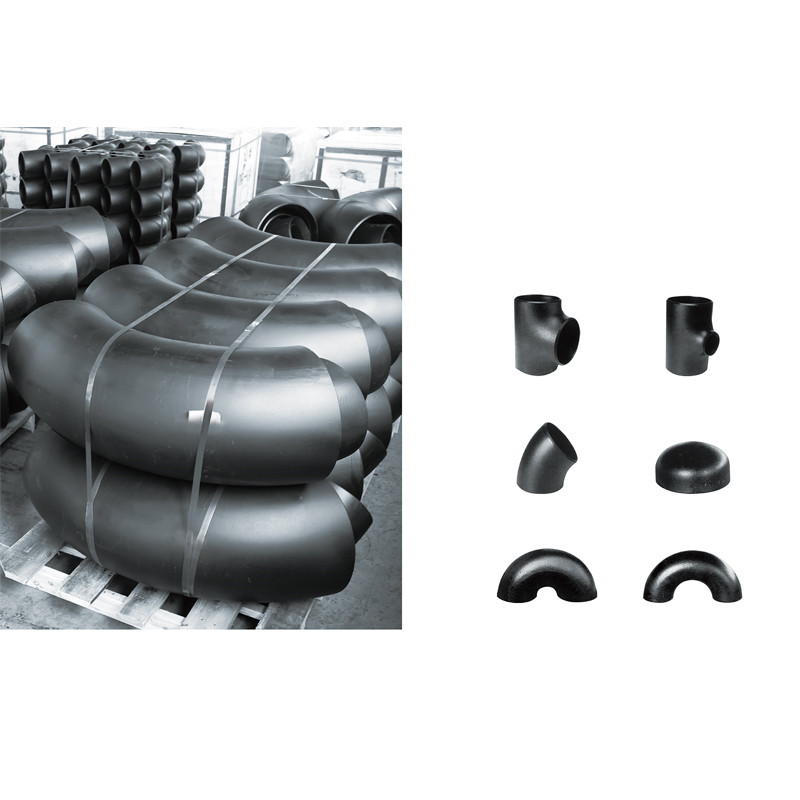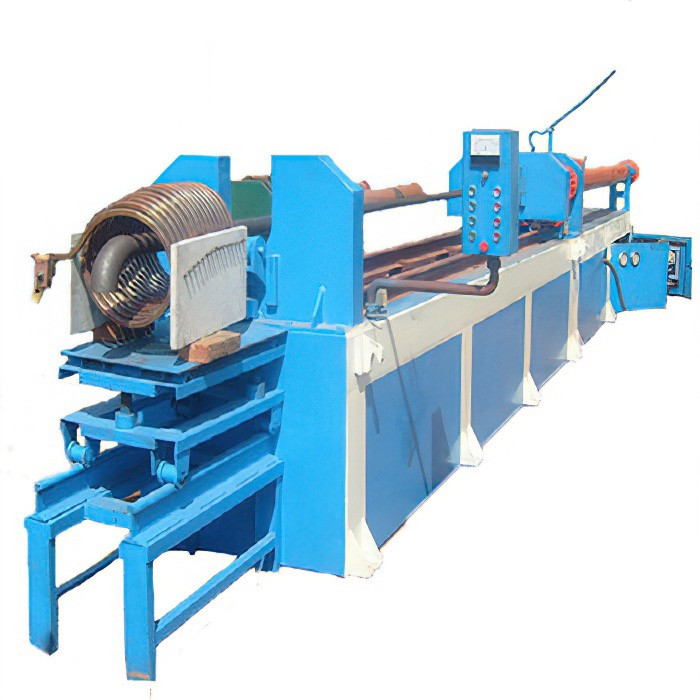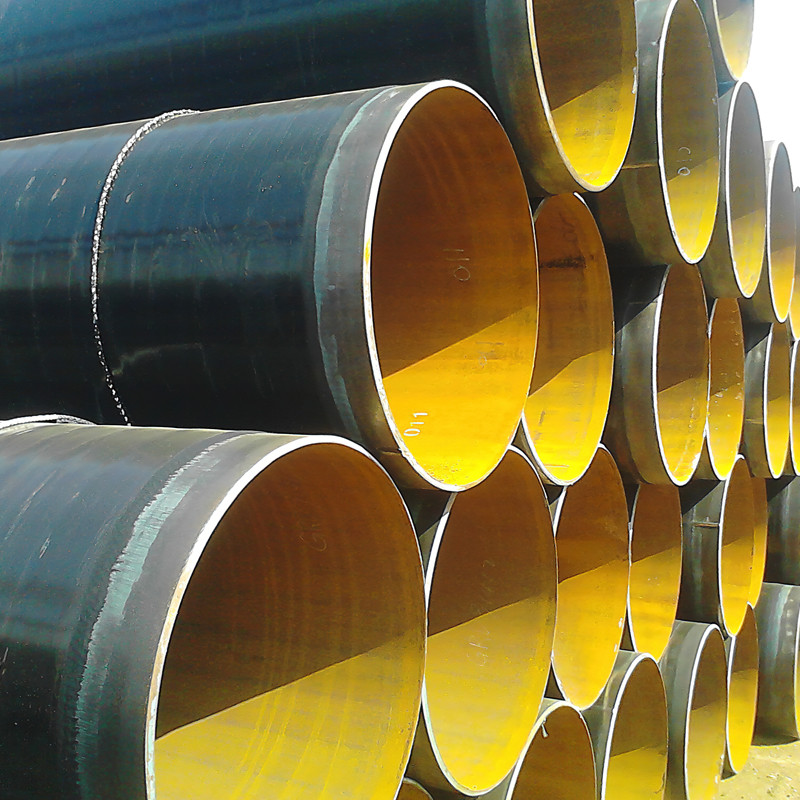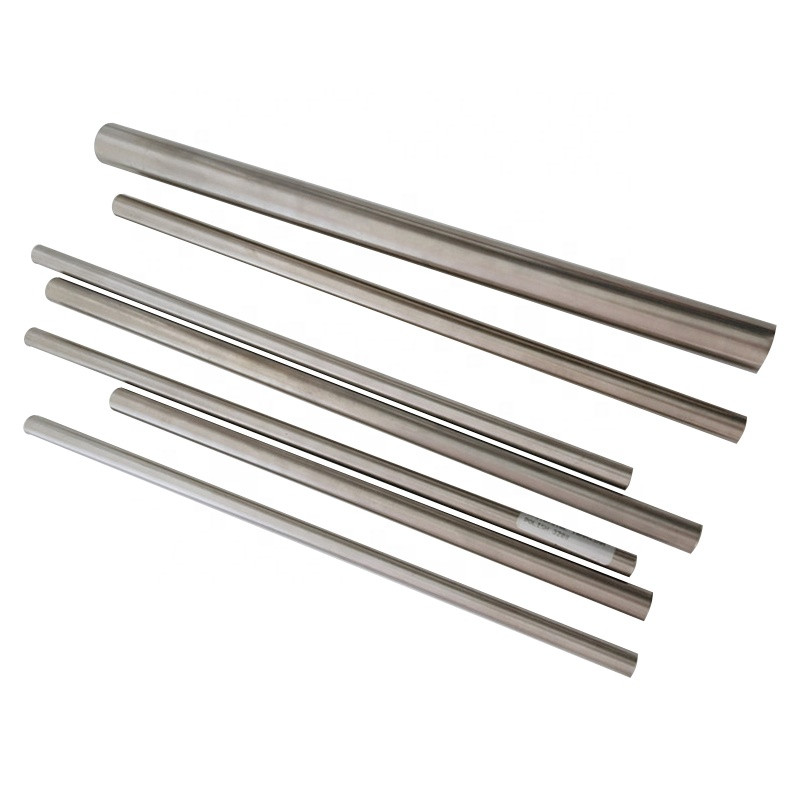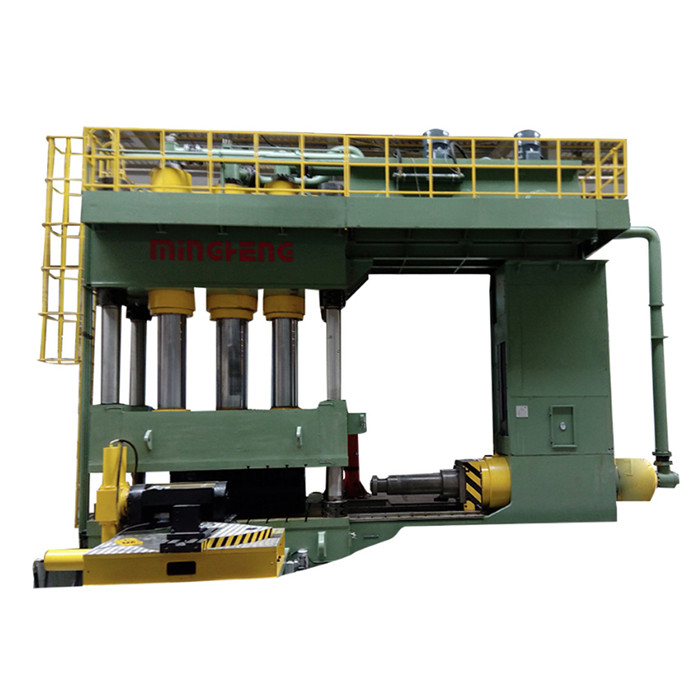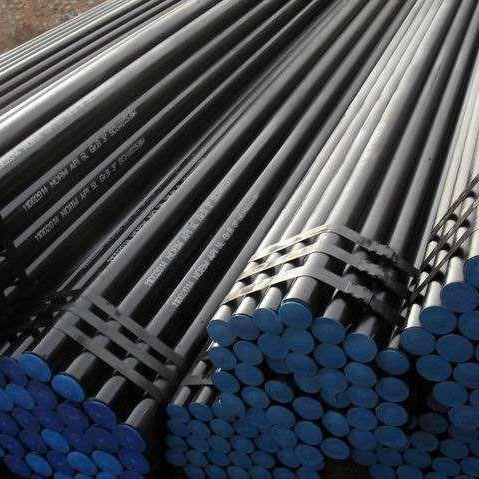Pipe and tube fittings are essential components used to connect, control, and direct the flow of liquids, gases, and solids within piping and tubing systems in industrial applications. They play a crucial role in ensuring the integrity, efficiency, and flexibility of pipelines by facilitating changes in direction, diameter, and flow control while providing leak-proof connections.
These fittings come in various shapes, sizes, and materials, enabling them to meet specific operational requirements across industries such as oil and gas, chemical processing, water treatment, food and beverage, pharmaceuticals, and construction.
Let’s break down the most practical and widely-used types of pipe fittings, their characteristics, and how you can choose the right one.
Types Of Tube Fitting
There are numerous types of tube fitting available for different piping configurations. Common tube fittings include compression fittings, flare fittings, push-to-connect fittings, and bite-type fittings. These are used widely in hydraulic, pneumatic, and chemical systems where leak-proof performance is a must.
Compression fittings consist of three components: a nut, a body, and a ferrule. They are easy to install and don’t require soldering. Flare fittings are ideal for high-pressure applications, and push-to-connect fittings allow for quick installation without tools.
Understanding your system's pressure rating, material compatibility, and required flow capacity will help you determine the appropriate types of tube fitting.
Types Of Copper Pipe Fittings
Types of copper pipe fittings are commonly used in plumbing systems due to copper’s durability, corrosion resistance, and ability to withstand both hot and cold temperatures. Key types include elbows, tees, couplings, adapters, reducers, and end caps.
Elbows come in 45 and 90 degrees to change pipe direction. Tees connect three pipe sections, allowing flow distribution. Couplings extend the pipe run or repair a broken pipe. Adapters and reducers adjust pipe sizes or materials, while end caps seal off pipe ends.
These types of copper pipe fittings are vital in residential and commercial plumbing, HVAC systems, and gas lines, offering versatility and long service life.
Different Types Of Pipe Fittings
The different types of pipe fittings include a wide array of connectors designed for various purposes. These include:
Elbows (45°, 90°) to change the pipe’s direction.
Tees and Crosses for branching the pipeline.
Reducers to change pipe diameter.
Unions and Couplings for easy pipe connection/disconnection.
Adapters to connect pipes of different materials.
Plugs and Caps to close pipe ends.
Flansche for high-strength bolt connections.
Each of these different types of pipe fittings is engineered to maintain flow integrity and ease of maintenance. Their functionality varies depending on pressure, temperature, media, and environmental factors. Accurate fitting selection reduces system stress and enhances durability.
Stainless Steel Pipe Connection Types
The stainless steel pipe connection types offer unmatched durability and corrosion resistance, making them ideal for harsh or sanitary environments like food processing or chemical plants.
Connection types include:
Threaded fittings, which screw together and are ideal for smaller pipes.
Welded fittings, which offer strong, leak-free seals.
Flanged fittings, where flanges are bolted together, useful for high-pressure systems.
Compression fittings, popular for laboratory or clean environments.
These stainless steel pipe connection types offer long life, strength under pressure, and resistance to chemicals and heat. Their superior performance ensures reliability in critical systems and extreme conditions.
All Types Of Plumbing Fittings
Plumbing systems rely on all types of plumbing fittings to operate efficiently and leak-free. They ensure water distribution and drainage throughout buildings.
Essential plumbing fittings include:
PVC and CPVC fittings for cold and hot water.
P-traps and S-traps to prevent sewer gas.
Check valves and pressure relief valves to control water pressure and flow direction.
Hose bibbs, faucets, and angle stops for endpoints and water access.
The variety in all types of plumbing fittings allows plumbers to adapt systems for kitchens, bathrooms, outdoor irrigation, and HVAC. Selecting the right materials—metal or plastic—and the correct configuration is key to building efficient, compliant systems.
Pipe And Tube Fittings FAQs
What Are The Main Functions Of Pipe And Tube Fittings?
They connect pipes and tubes, adapt sizes, control flow, and allow for system expansion or termination, ensuring safety and efficiency in industrial and residential systems.
How Do I Choose The Right Type Of Fitting?
Consider the media being transported, system pressure, temperature, pipe material, and environmental conditions. Use industry standards like ASME and ASTM for reference.
Are Stainless Steel Fittings Better Than Other Materials?
Stainless steel offers excellent corrosion resistance, strength, and temperature tolerance, making it ideal for demanding applications. However, other materials like PVC or brass may suit low-pressure or chemical-specific needs.
Can I Mix Different Types Of Fittings In One System?
Yes, but it's essential to ensure compatibility in material, thread type, and pressure rating to avoid leaks or system failure.
Where Can I Buy High-Quality Pipe And Tube Fittings?
To purchase premium pipe and tube fittings, visit our company website today. We offer a wide range of reliable, durable fittings for every industry—explore our catalog and place your order with confidence.
Pipe and tube fittings are the unsung heroes of every reliable piping system. From industry to residential use, their role in fluid control and connectivity cannot be overstated. Choose smart, install properly, and rely on quality. Don’t compromise—explore our offerings and upgrade your systems today.
Post time: Sep . 01, 2025 15:09



